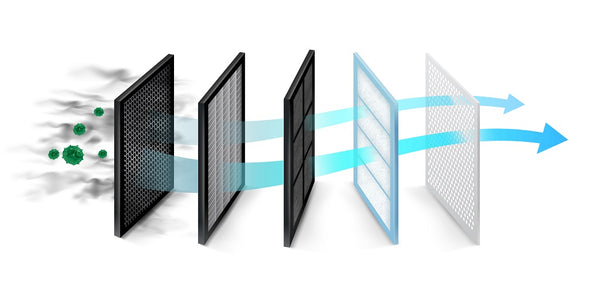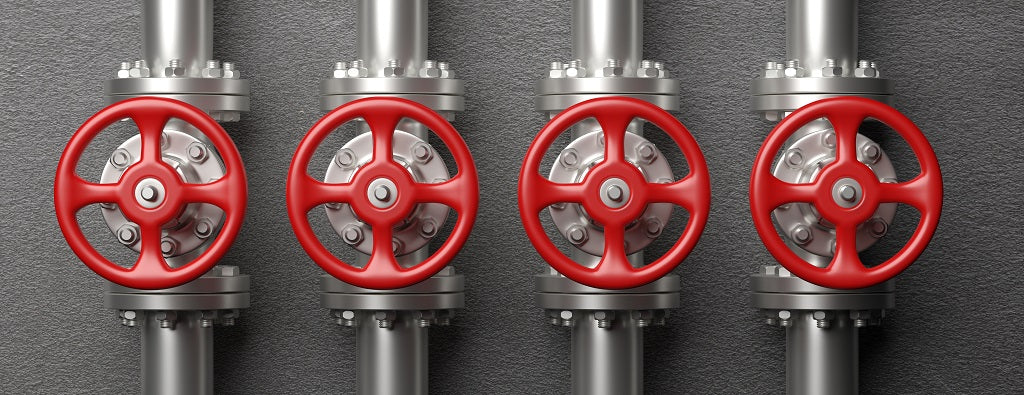
Choosing a control valve is challenging even for vetted technicians. To choose the right one, you should possess a basic knowledge of regulation technologies. You also need an understanding of different types of control valves and their applications.
Now, what is a control valve, and what types of valves exist? At Blackhawk Supply, we'll be happy to share what we know!
Keep reading to learn about the technology behind control valves, their categories and types, and their various industrial applications.
What Is a Control Valve?
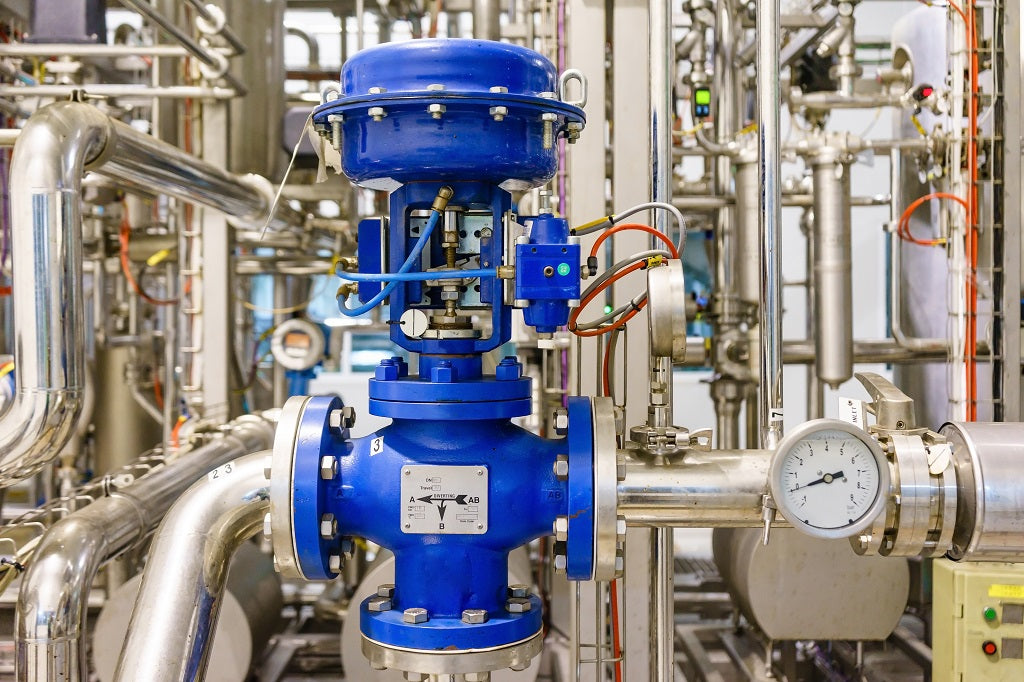
The control valve is a power-operated device designed for controlling the flow and pressure of fluids and steam. The degree of regulation (from full capacity to minimal) is based on the signal from a controller.
Control valves are an essential component of industrial control systems. These devices are used to control processes, such as liquid level, pressure, velocity, and temperature, but within the correct operating range. Additionally, they ensure efficient operations and the long-lasting service life of your equipment.
These valves are used in many residential and industrial applications. For example, you can find them in HVAC (heating, ventilation, and air conditioning) systems, unit ventilators, fan coil units, VAV boxes, and various other devices.
Shop for valves, actuators, and sensors now at Blackhawk Supply store!
CONTROL SUPPLIES FOR SALEControl Valve Types and Categories
All control valves share the same goal (flow, pressure, and temperature control), but they are designed for slightly different applications. The most widespread types of control valves are:
-
Rotary control (ball and butterfly valves)
-
Linear control (globe and diaphragm valves)
-
Three-way control
-
Self-acting control
Let's look at these control valves and their features in greater detail.
Rotary Control Valve: Types and Functions
Fluids in the rotary valves (also known as quarter-turn valves) travel through rotated passages in a transverse plug. As the name suggests, they use a rotating closure element to control the flow.
This type of valve is very flexible and is compatible with many adaptive technologies. Most rotary valves are quite compact. At the same time, they work with demanding applications. Their design makes them great for dirty (particle-heavy) fluids, such as those used in refineries.
Ball Valves
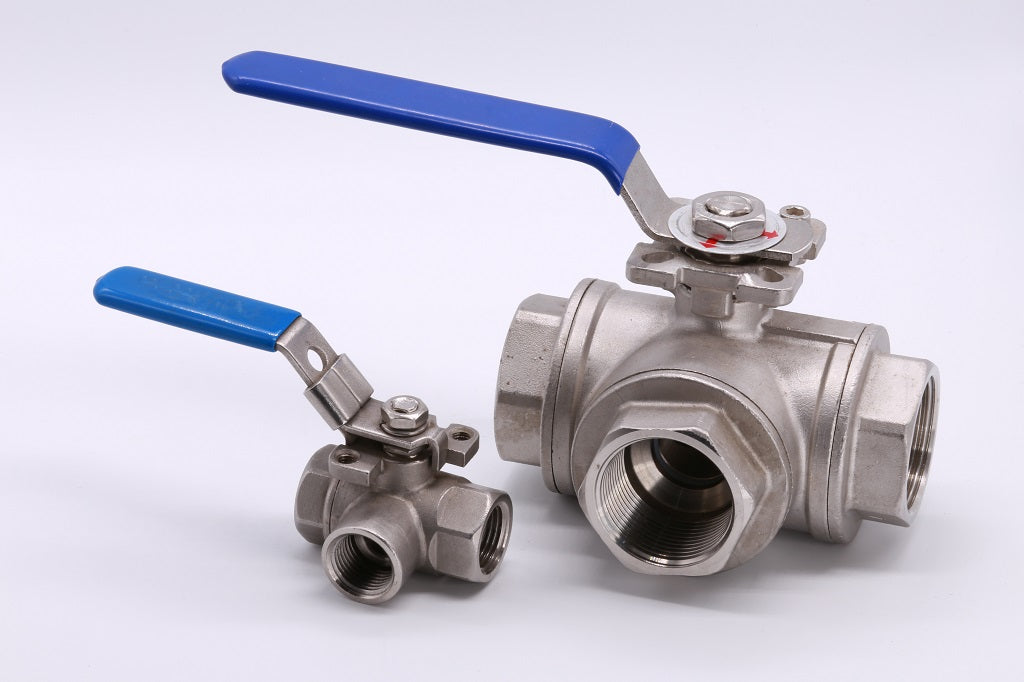
Ball valves are extremely useful for isolation applications, as they provide straight-through flow. On top of that, they are quick-acting, easily actuated, and offer a low-pressure drop. Ball valves can be operated pneumatically, electrically, and manually (based on their model, of course).
These valves have a rugged three-piece valve body in the form of a quarter-turn valve with a round hole in the center. A ball valve uses a hollow pivoting ball to control how much fluid can flow through it.
Ball valves are pretty heavy and more expensive than other control valves. However, they work great for high-capacity and high-pressure applications. You can find them in:
-
Building control systems
-
Water industries
-
Chemical industries
In addition to hot and chilled water, the ball valve offers excellent control of glycol mixes and steam. Plus, this type of control valve limits cavities and crevices, preventing contamination from outside sources.
Butterfly Valves
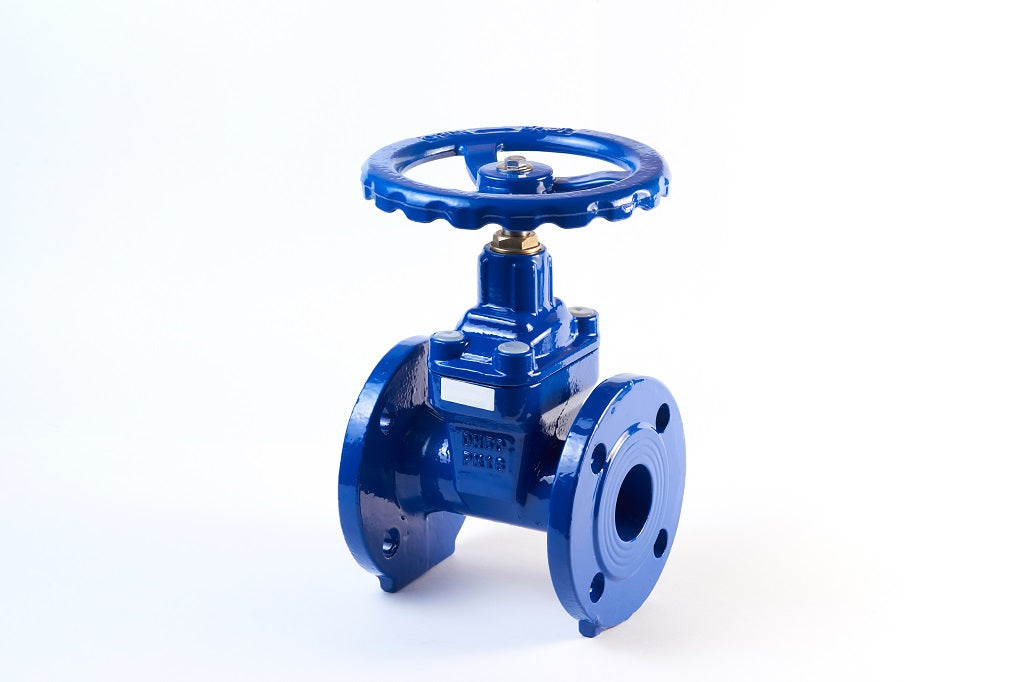
Butterfly valves use quarter-turn rotation for control in high-flow applications. The butterfly valves provide a fast and easy way to start and stop the flow. Additionally, it allows for complete closure and opening of the valve, minimizing potential leakage.
These valves are operated pneumatically, manually, or electrically (akin to ball valves). Unlike a ball valve, a butterfly valve is a much more lightweight and economical solution.
Butterfly valves come in different construction materials, liner options, and other specifications. This makes them highly compatible with a wide range of industrial, water, and chemical applications.
Most companies use butterfly valves for their low-pressure drop, high-pressure recovery, and excellent flow isolation. Their typical applications include:
-
HVAC systems
-
Exhaust gases control
-
High-temperature services
-
Steam services
THE PLUG VALVE
The plug control valve is a type of valve used to regulate the flow of a fluid in a pipe. It is a type of gate valve, and it consists of a cylindrical plug that slides in and out of the pipe to control the flow. The plug is connected to a stem, which is turned to open and close the valve. The stem is connected to a handle, which is used to operate the plug valve.
The plug valve is used in a variety of applications, including controlling the flow of water in a pipe, regulating the pressure in a pipe, and controlling the flow of oil in a pipeline. It is widely used in the oil and gas and in the food and beverage industries to control the flow of liquids in a pipe.
Linear Control Valve: Types and Functions
Linear valves (multi-turn valves) use a sliding-stem mechanism to push the closure into the open and close positions for flow control. This control valve has a slower operation speed but great positional stability and accuracy (1:1 flow control).
Linear valves have a straightforward and durable design. These valves are also very versatile due to a large variety of available trim sizes and options. Some of the most prevalent subtypes of linear valves are globe valves and diaphragm valves.
Globe control Valves
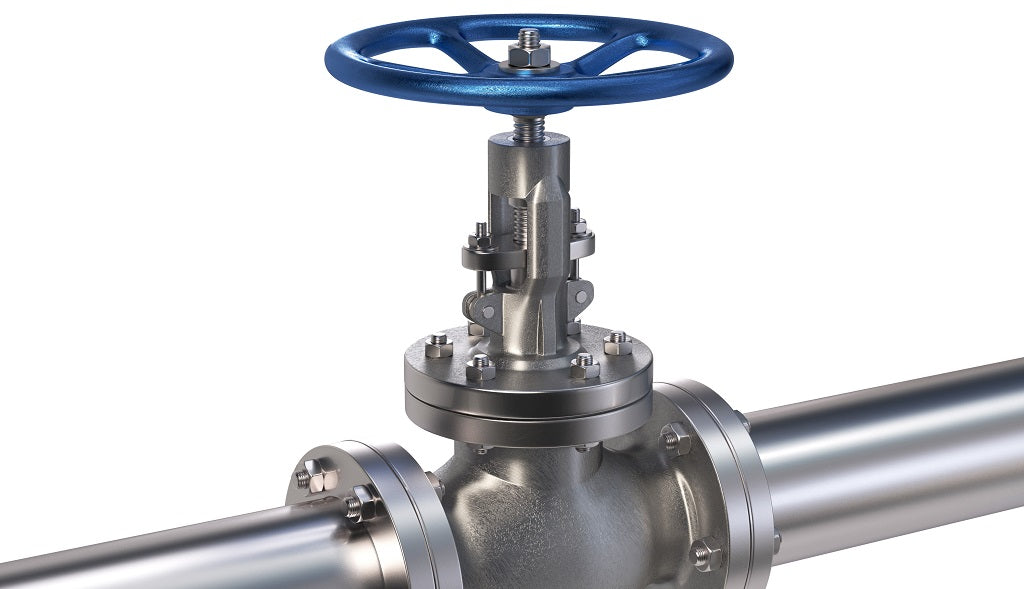
Globe control valves regulate flow in pipelines and other applications requiring increased flow resistance or significant pressure drops.
These valves have a generally spherical valve body. The mechanism consists of two halves, a moveable plug (disc element) that separates these halves, and a stationary ring seat. In addition, the globe control valve has a stem that regulates the flow by moving up and down in the valve.
The efficiency and reliability of globe valves make them an excellent choice for a wide selection of applications, including:
-
Chemical feed systems
-
Boiler and main steam vents
-
Cooling water systems
-
Fuel oil systems
Globe valves are pretty expensive devices. However, they provide extended service life, high performance, and optimized flow passages that reduce pressure drops and destructive turbulence.
Diaphragm Control Valves
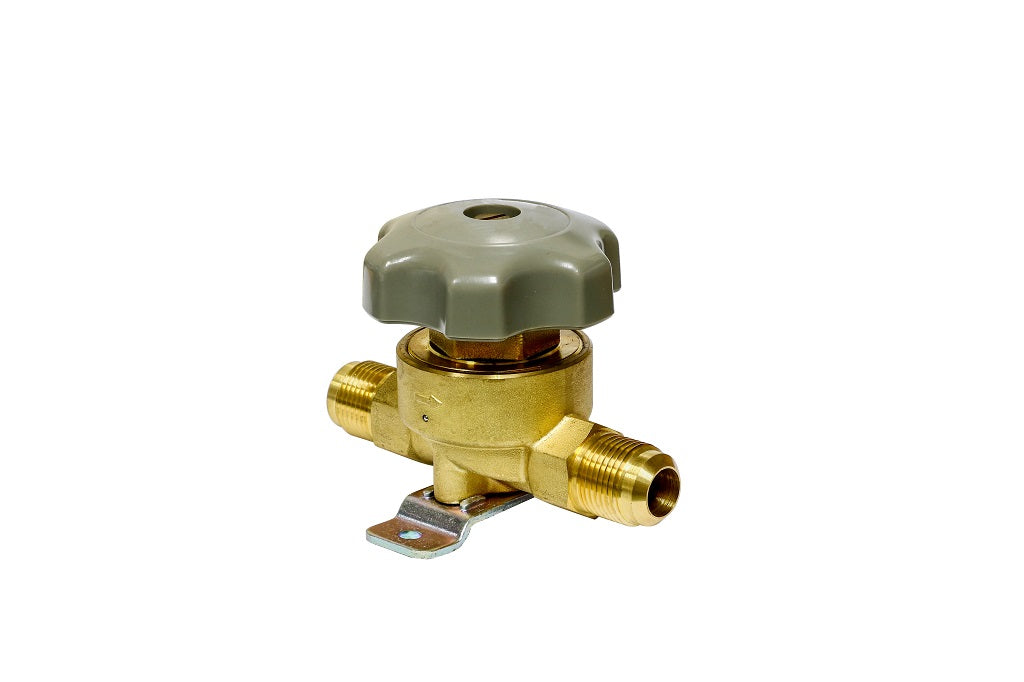
Diaphragm valves (membrane valves) are typically made of plastic, wood, or metal body with multiple ports and an elastomeric digraph. The seat in the body opens and closes the valve, controlling the flow.
These valves eliminate any chance of contamination due to their tight seal. This helps to ensure the liquids in your systems remain as sterile and clean as possible.
You can use diaphragm valves in many systems, thanks to a wide range of designs and construction material options. In addition to clean water control, you can use these valves to regulate corrosive and abrasive media. You can also use them with pneumatic control heads or process controllers to enhance the accuracy of control.
Three-Way Control Valve
Three-way control valves are designed to open fluid flow in a pipe while closing the flow in another pipe. These valves typically have a pneumatic, multi-spring, or electric actuator for power.
A three-way flow control valve is available in two configurations: a diverter valve and a mixing valve.
These valves can control water, oil, steam, and various fluids in HVAC systems. The typical applications of the three-way valve include:
-
Air handling units
-
Boilers
-
Fan coils
-
Water chillers
Mixing Valves
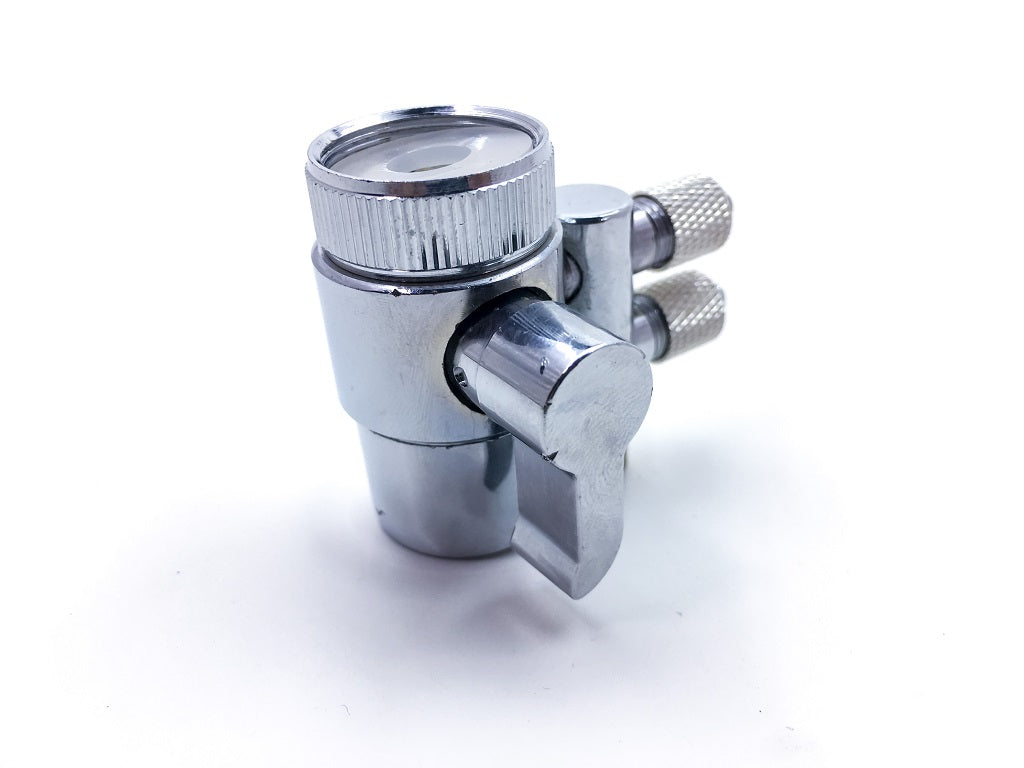
A mixing valve is designed to control the supply of water in heating and cooling systems. Basically, these devices provide an easy way to mix hot and chilled waters for a comfortable temperature.
Diverter Valves
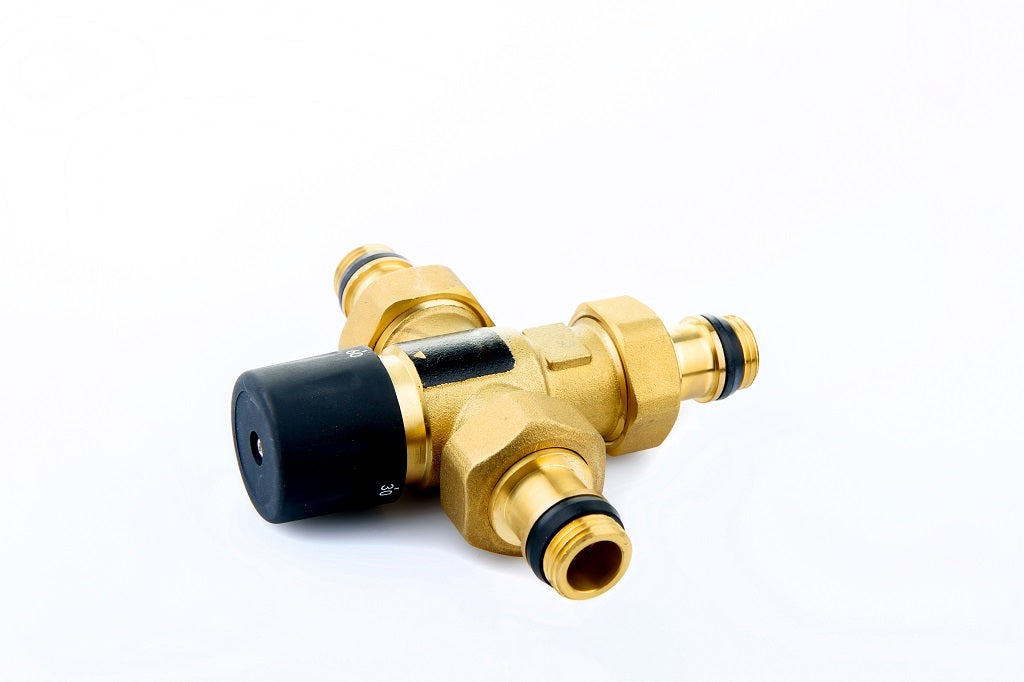
A diverter valve is named after a mechanism that opens and closes the valve in combi boilers to regulate water. The typical places where you can find diverter valves include:
-
Home radiators
-
Showerheads
-
Taps
Diverter valves aren't used for standard HVAC systems and conventional boilers. Instead, they are installed in systems that supply heated water on demand.
Tee-Piece Valves
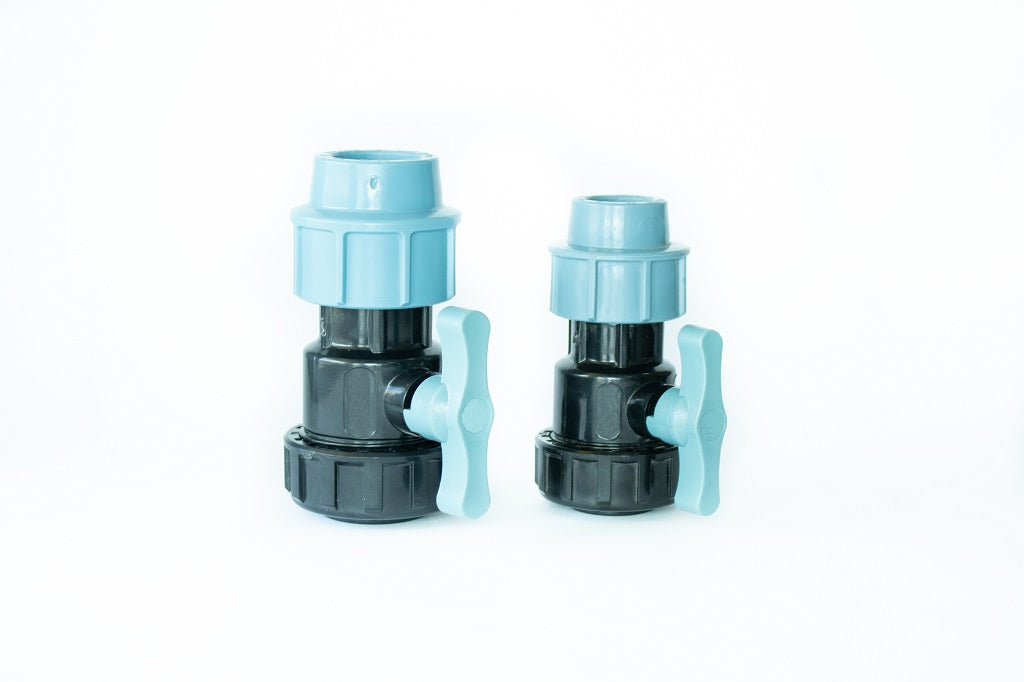
Some types of valves, like Tee-Piece valves, combine both mixing and diverting functions. They can accept an ON/OFF or modulating signal. These valves can be used in combi boilers, showers, radiators, and regular HVAC systems.
Self-Acting Control Valve
A self-acting valve regulates the water flow with the help of temperature-sensitive fluid. This fluid expands on heating and contracts when cooled. The force created by these reactions transfers to the actuator, which opens and closes the valve.
These valves are used to regulate water and steam in heating and cooling systems. A self-acting control valve's typical applications include:
-
Air compressors
-
Air chillers
-
Boilers
-
Industrial engines
Some of the advantages of self-acting valves include easy installation and enhanced durability. Plus, these valves are self-sufficient, meaning they don't need an external power supply to operate.
Popular Applications of Control Valves in the Industry

The primary function of all control valves is to regulate the flow, pressure, and temperature of fluids (and other substances). Additionally, control valves can regulate air, steam, glycol mixes, and chemicals based on predefined settings.
Control valves are found in any refining, chemical manufacturing, and other industrial applications. These valves are used for process quantities and consequential control. Now, how do these valves work?
-
Control valves regulate the flow in loops.
-
At the start of the loop, a transmitter and a controller compare the current flow level with the desired level.
-
The controller sends a correction signal to the control device (valve).
-
The control valve closes to reduce the fluid flow (or opens to increase it).
-
The valve opens or closes to ensure the desired level of flow.
You can find many control valve types and applications used in various industries. They include food & beverage, oil & gas, pipeline, biopharma, and many others.
Additional Control Valve Features to Consider Before Buying
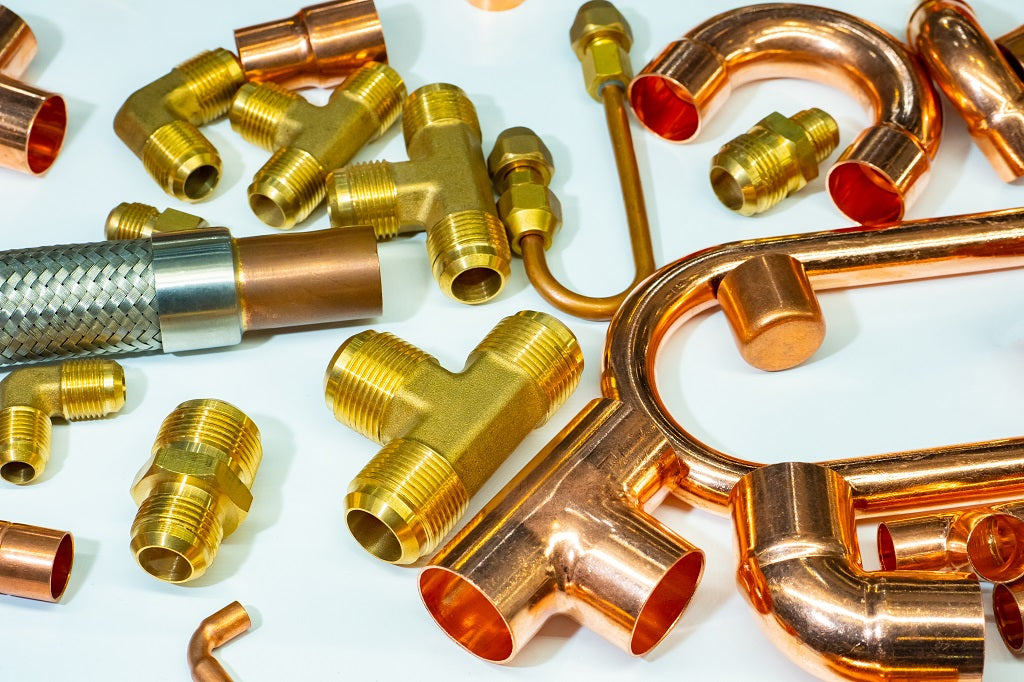
As you understand by now, control valves are quite complicated mechanisms. It's not just about choosing the correct type of valve. To ensure you're getting the right valve for your system, you should also consider:
-
Media type. Your control valve should support the liquid or gas type. For example, metal works for pressure gasses, and corrosive materials require something like PFA or PTFE.
-
Actuation. Do you want a hand-operated valve or an actuator that turns it off automatically? On top of that, you should consider the positioning of the valve after it loses power. For instance, a double-acting actuator maintains the last position. In contrast, the spring return actuator either opens or closes the valve after losing the signal.
-
Installation. Consider your management system before choosing a valve. Some types of valves support remote monitoring and control, which can make maintenance much easier. Additionally, find out how easy it is to disconnect and reconnect the valve.
-
Maintenance. Some valves are virtually maintenance-free, and others require regular cleaning. Needless to say, some control valve types, like ball valves, are way easier to keep clean due to their design.
Now, the list isn't exhaustive. We recommend comparing control valves based on their advantages and disadvantages, functionality, efficiency, and price.
Conclusion
After reading this, you should have a good idea about control valve types and applications. We hope that our guide helps you get the best device for your tasks!
Feel free to check Blackhawk Supply for a great selection of high-grade control valves from reputable manufacturers like Belimo, Johnson Controls, Honeywell, and many others. Our shop has control systems, plumbing supplies, and a ton of other miscellaneous stuff!



